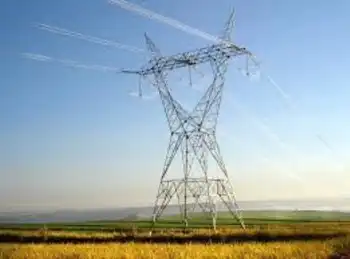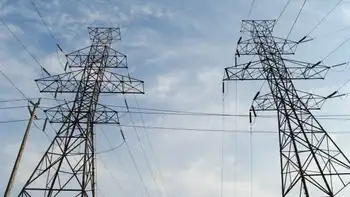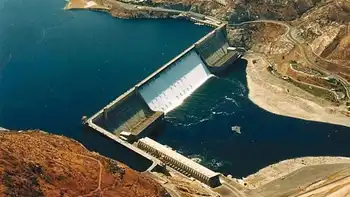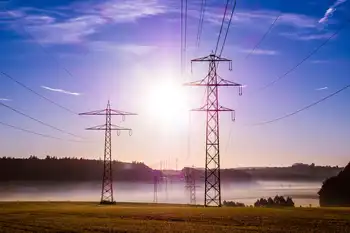TransCanada adds three solar facilities to power portfolio
TORONTO, ONTARIO -- - TransCanada Corporation recently announced it has acquired three additional Ontario solar power facilities from Canadian Solar Solutions Inc. Canadian Solar.
Each of the newly built facilities has a generation capacity of 10-megawatts MW with Liskeard 3 and 4 both located in the New Liskeard region and William Rutley located east of Ottawa. These three new facilities were completed at a cost of approximately $182 million, bringing TransCanada's investment in its Ontario solar program to almost $400 million.
These three new projects have now started generating electricity under 20-year power purchase agreements with the Ontario Power Authority. The deal follows the previously announced purchase of four solar facilities as part of an agreement with Canadian Solar signed in 2011. Combined, these seven solar facilities are expected to generate enough electricity for more than 12,000 homes.
"As a company, we are proud that we have built a diversified portfolio that includes natural gas and liquids pipelines, as well as emission-less energy sources to meet market needs," said Russ Girling, TransCanada president and chief executive officer. "Each year, we do more to reduce our own emissions and develop technologies to help us operate in a more environmentally sustainable way, while ensuring that Ontario's energy consumers continue to have their needs met.
"These solar acquisitions are an important part of our $38 billion capital program and add 20-year revenue streams in a core geography that are backed by a high quality credit and long-term customer relationship," added Girling. "TransCanada is Canada's largest independent power producer and we have successfully grown this business alongside our significant pipeline assets in key areas where we understand the regulatory and business landscape."
In addition, TransCanada has recently signed a host community agreement with the Town of Greater Napanee where we expect to receive final permits by the end of 2014, with construction of a 900MW natural gas-fired combined cycle power plant to begin in early 2015. The Napanee Generating Station is fully contracted for 20 years with the Ontario Power Authority and is expected to be in service in 2017 or 2018.
To date, the company has invested over $5 billion in emission-less energy sources including the largest wind farm in New England, 13 hydro power facilities in New Hampshire, Massachusetts and Vermont, the Ontario solar projects and Canada's largest wind farm development located in Quebec. TransCanada is also a partner in Bruce Power, Canada's first private nuclear generator that currently produces 6,200 MW of emission-less electricity in Ontario. TransCanada also specializes in building highly efficient natural gas-fired power plants that are helping North America's transition to a less carbon-intensive electricity supply mix.
With more than 60 years' experience, TransCanada is a leader in the responsible development and reliable operation of North American energy infrastructure including natural gas and liquids pipelines, power generation and gas storage facilities. TransCanada operates a network of natural gas pipelines that extends more than 68,500 kilometres 42,500 miles, tapping into virtually all major gas supply basins in North America. TransCanada is one of the continent's largest providers of gas storage and related services with more than 400 billion cubic feet of storage capacity. A growing independent power producer, TransCanada owns or has interests in over 11,800 megawatts of power generation in Canada and the United States. TransCanada is developing one of North America's largest liquids delivery systems. TransCanada's common shares trade on the Toronto and New York stock exchanges under the symbol TRP. Visit TransCanada.com and our blog to learn more, or connect with us on social media and 3BL Media.
Related News

Rio Tinto Completes Largest Off-Grid Solar Plant in Canada's Northwest Territories
ONTARIO - In a significant step towards sustainable mining practices, Rio Tinto has completed the largest off-grid solar power plant in Canada’s Northwest Territories. This groundbreaking achievement not only highlights the company's commitment to renewable energy but also sets a new standard for the mining industry in remote and off-grid locations.
Located in the remote Diavik Diamond Mine, approximately 220 kilometers south of the Arctic Circle, Rio Tinto's off-grid solar power plant represents a technological feat in harnessing renewable energy in challenging environments. The plant is designed to reduce reliance on diesel fuel, traditionally used to power the mine's operations,…




